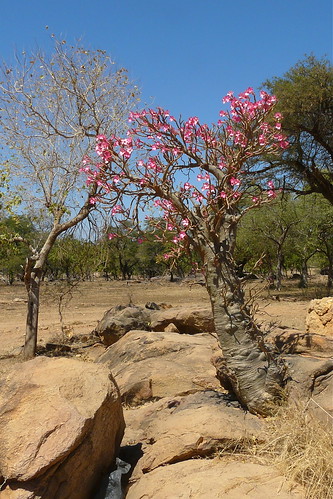Season of Migration to the North is my book from Sudan for the Read The World challenge. Originally published in 1966, ‘in 2001 it was selected by a panel of Arab writers and critics as the most important Arab novel of the twentieth century’.

I didn’t really know anything about it before I started reading, and expecting it to be set entirely in Sudan, I was slightly startled by the amount of London in it. It is narrated by a man who is returning to Sudan after seven years studying in Europe; when he comes back to his home village, he meets a stranger called Mustafa who also, it turns out, spent many years in London.
It is very much a culture clash novel, exploring Mustafa’s experience, firstly in London as an outsider figure who plays up his exoticism to attract women, and then a different kind of outsider after he has returned to Sudan and is living as a farmer among people who know nothing about his background.

The London sections are not too different from what you might find in a mid-C20th English novel; I was more interested in the Sudan stuff. I do appreciate there’s an irony in reading a book about a man who trades on his exoticism and then complaining, effectively, that it’s not as exotic as I was expecting; but there it is. It is quite intriguing to read a novel about English society with the ‘exotic’ character at the centre, though — I’m sure I’ve read a few novels by British writers from early-mid C20th with Mustafa-type characters turning up on the periphery. Not that I can think of specific examples offhand.
Most important Arab novel of the century? I wouldn’t know, although as I say, it reads to me like a fairly conventional novel of the period. A good novel — extremely good in parts — but it didn’t blow me away. But then I don’t think the novel is exactly a traditional part of Arab culture, so it may have been more radical in its context.
» The two pictures — Kadugli – Dilling Provincie Kordofan and West Nuba Mountains — are both © Rita Willaert and used under a CC by-nc licence. They don’t have any very precise connection to the book but they were taken in Sudan and I liked them. There are lots more where those came from.